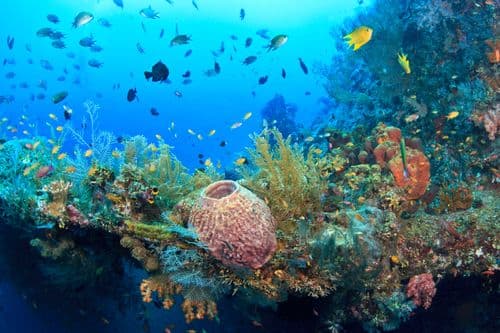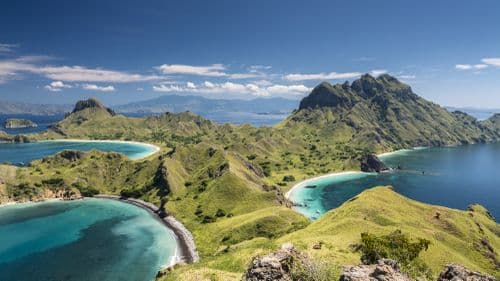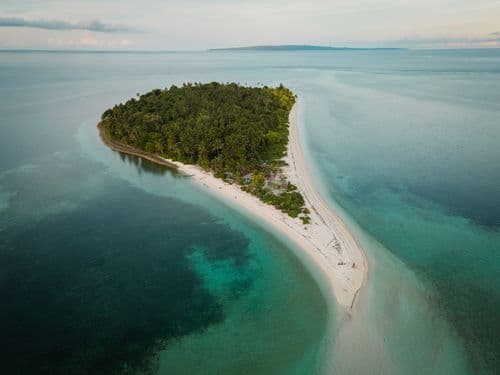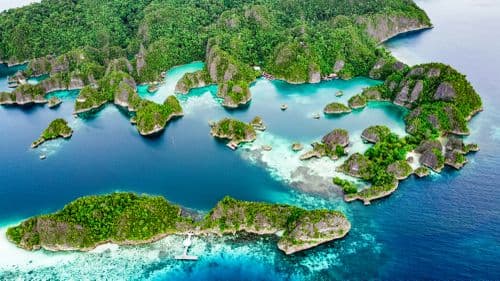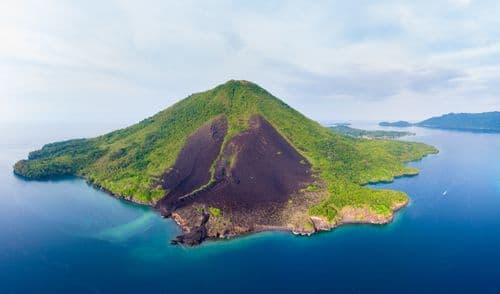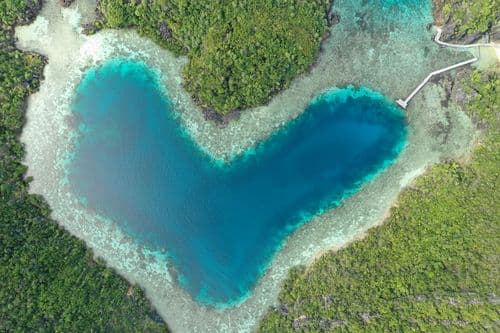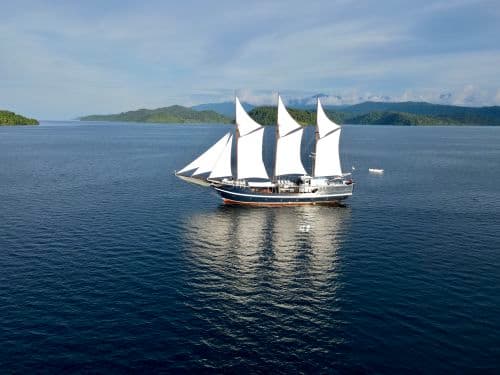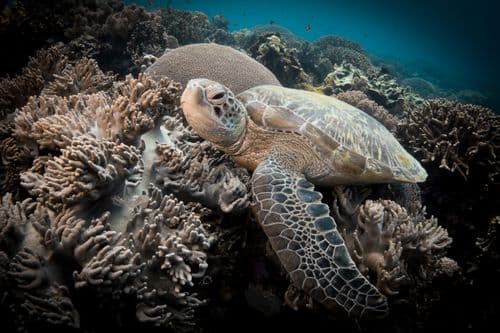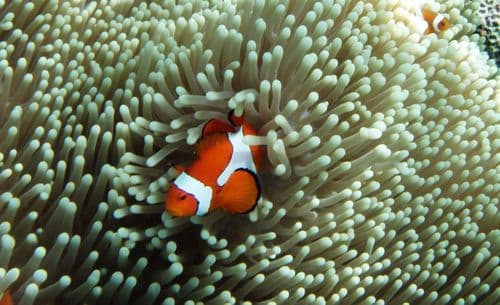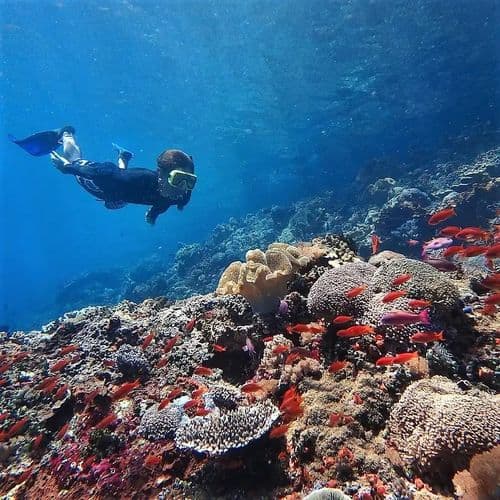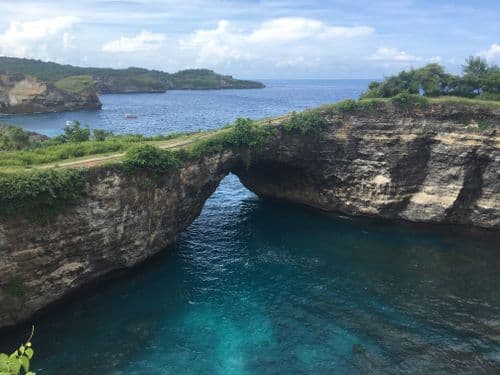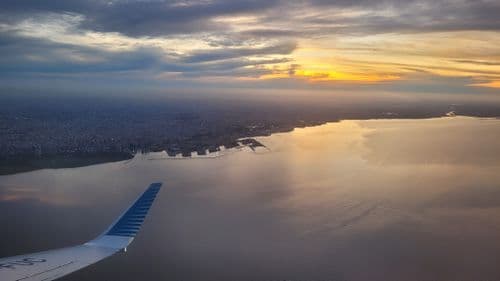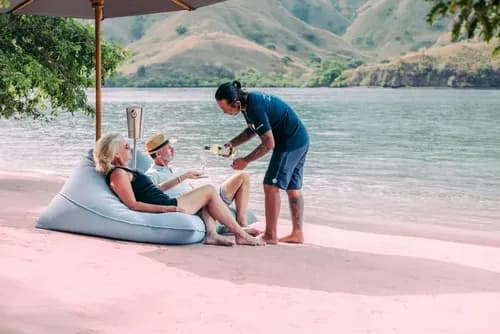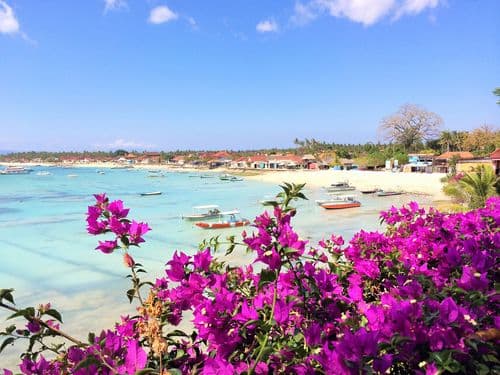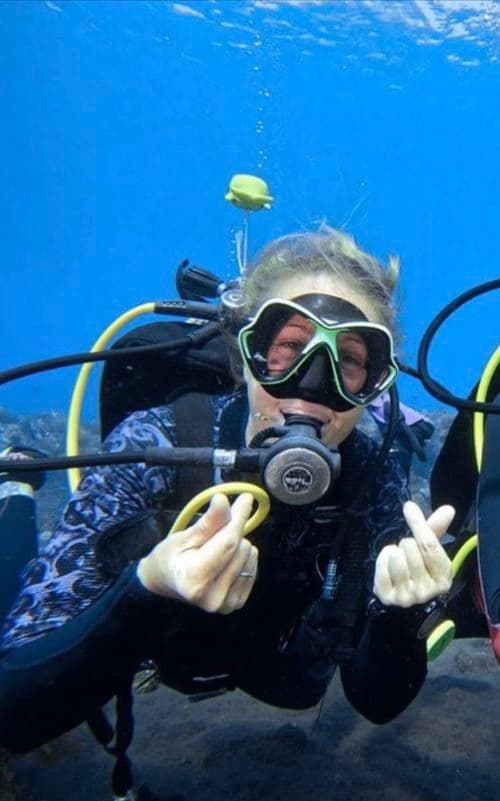
Satonda Island in Sumbawa
Discover the Enchanting Volcanic Lake and Pristine Beaches
What you need to know about Satonda
Satonda Island, located off the coast of Sumbawa in Indonesia, is a hidden gem boasting a unique volcanic lake and pristine beaches. This small volcanic island, with its mystical crater lake and vibrant underwater life, offers a unique diving experience. The island's underwater topography includes dramatic drop-offs, coral gardens, and swim-throughs, teeming with marine biodiversity.
Diving at Satonda Island is an unforgettable adventure. The clear waters provide excellent visibility, allowing divers to marvel at the colorful coral formations and encounter a variety of marine species, including nudibranchs, turtles, and reef sharks. For non-divers, the island's crater lake and scenic hiking trails offer alternative exploration opportunities. Satonda Island stands out for its serene atmosphere and rich marine life, making it a must-visit destination for any diving enthusiast.
Beyond the underwater wonders, the island's lush landscape and tranquil environment create a perfect retreat. Whether you're a seasoned diver or just starting, Satonda Island promises an exceptional experience, both above and below the water.
Interesting facts about Satonda
Getting there: The best way to reach Satonda Island is by liveaboard, providing seamless access to the island's remote and pristine beaches. Alternatively, you can fly to nearby Bima and take a boat to the island.
Best time to visit Satonda Island: The dry season from April to November offers the best conditions, with water temperatures ranging from 27°C to 30°C (81°F to 86°F).
Diving Conditions: Divers can enjoy depths ranging from 5 to 30 meters (16 to 98 feet), with excellent visibility and mild currents, suitable for all levels.
Our liveaboard trips: Our liveaboard trips typically last 7-10 days, often including visits to nearby Moyo Island and the underwater wonders of Komodo National Park.
A little known fact: Satonda Island's crater lake is believed to have been formed by a volcanic eruption and later filled with seawater due to a tsunami, creating a unique natural phenomenon.
Pictures of Satonda



